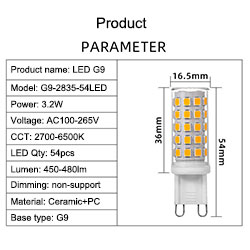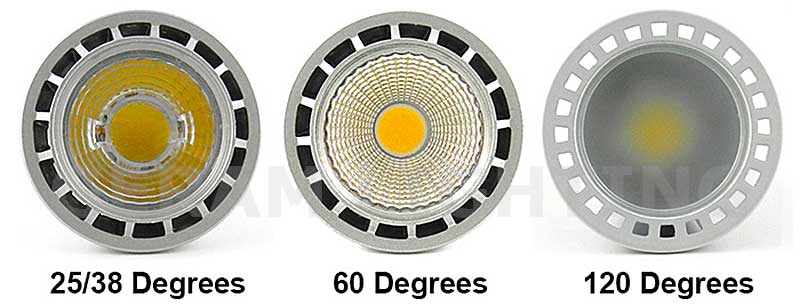LED Light Parameters You Must Know
When we buy LED lights, we will see that a series of parameters are printed on their packings. Actually most people don't understand what they mean, so we are going to make a brief introduction below.
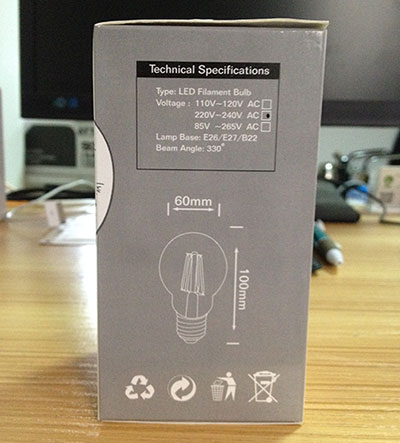
Power / Wattage
Power is measured in watts, which reflects the amount of electricity consumed by an LED light in one hour. For example, a 50W LED light consumes 50W * 1H = 50WH in one hour. So the LED lights with higher power will consume more electricity.
Working voltage
This is the voltage required by the LED light when it is working. Different LED lights have different working voltages, including AC220V~AC240V (for most countries), AC110V~130V (mainly for American countries), and also wide-input voltage, such as AC85-265V (can be used in almost all countries). There are also some LED lights that use low voltages, such as DC24V and DC12V. Low-voltage LED lights are usually powered by adapters, solar energy or batteries.
LED model
The LED models we often see include 2835, 5730, 5050, 3014, 3030 and 3535, etc. These numbers represent the sizes of the LED chips. For example, the size of 2835 is 2.8mm*3.5mm. The size of 5050 is 5.0mm*5.0mm. General speaking, the LED chip with different size has different power and brightness, so different LED light will apply different LED chips according to its design.

Color temperature / CCT
Color temperature, also called correlated color temperature (CCT), defines the color appearance of a LED light. CCT is defined in degrees Kelvin. A warm light is around 3000K, moving to neutral white at around 4000K, and to cool white, at 5000K or more.
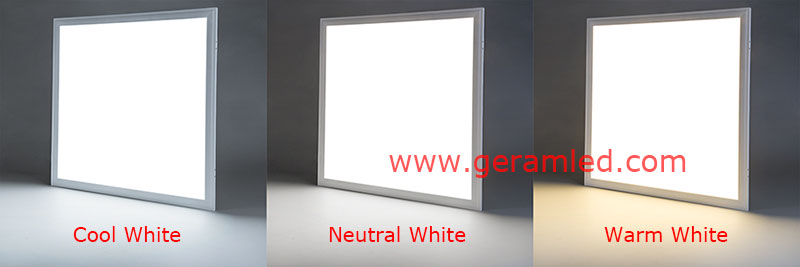
Luminous flux
In photometry, luminous flux or luminous power is the measure of the perceived power of light. It differs from radiant flux, the measure of the total power of electromagnetic radiation (including infrared, ultraviolet, and visible light), in that luminous flux is adjusted to reflect the varying sensitivity of the human eye to different wavelengths of light.
Luminous efficacy
Luminous efficacy is a measure of how well a light source produces visible light. It is the ratio of luminous flux to power, measured in lumens per watt in the International System of Units (SI). Depending on context, the power can be either the radiant flux of the source's output, or it can be the total power (electric power, chemical energy, or others) consumed by the source. Which sense of the term is intended must usually be inferred from the context, and is sometimes unclear. The former sense is sometimes called luminous efficacy of radiation, and the latter luminous efficacy of a light source or overall luminous efficacy.
CRI
CRI is short for Color Rendering Index, which measures the ability of a light source to accurately reproduce the colors of the object it illuminates. It is a score with a maximum of 100.
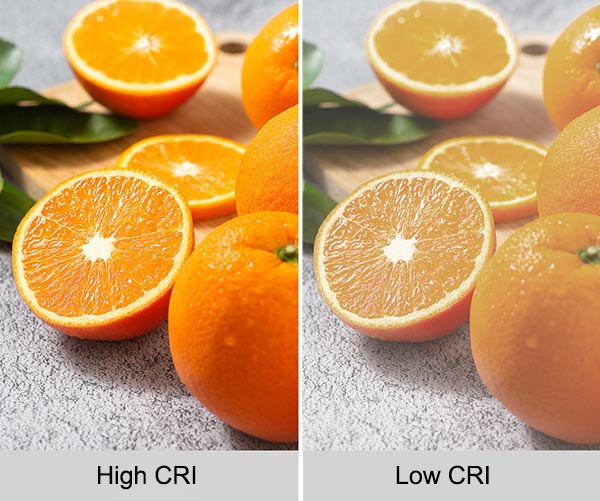
Power factor
Power factor (PF) is the ratio of working power and an expression of energy efficiency. It is usually expressed as a percentage—and the lower the percentage, the less efficient power usage is. The LED lights are better with higher power factor.
Beam angle
Beam angle is simply the measurement of light distribution. A smaller beam angle results in little light distribution and a concentrated, directional illumination.
IP grade
IP is short for Ingress Protection. Generally speaking, an IP label will take the format: IPXY, where X is the light fixtures protection against intrusion by dust and other solids and Y is its protection against water and vapor penetration.
X (or protection against solids and dust intrusion) ranges between 0 and 6; with 0 being the least protected and 6 being the most guarded.
Y (or protection against liquid and vapor intrusion) ranges between 0 and 8; with protection strength increasing as you move from 0 to 8.
Lifespan
The lifespan of an LED light is measured in hours. It is usually 30,000 hours or 50,000 hours. This is the lifespan in theory. It will be influenced by some factors of the environment, such temperature and humidity.
Working temperature & storing temperature
They are easy to understand, that is the temperatures required by an LED light in working and storing. If the temperatures are not in the ranges required, the lifespan of the LED light might be influenced.
Warranty
Normally suppliers will provide warranties for their products. They are often from 1 to 5 years. If the LED light fails during the warranty period, the supplier will provide a new light or parts for replacement or maintenance.
Further reading:
- How Many Parts Does An LED Light Include?
- What Benefits You Can Get by Using LED Lights?
- How Many Types of LED Lights Are There in Total?
- LED Light Catalogue
- LED Flood Light Catalogue
- LED Street Light Catalogue
- LED High Bay Light Catalogue
- LED Corn Bulb Catalogue
- LED Strip Light Catalogue
- DMX RGB RGBW LED Light Catalogue
- Solar LED Light Catalogue
- Other LED Lights

